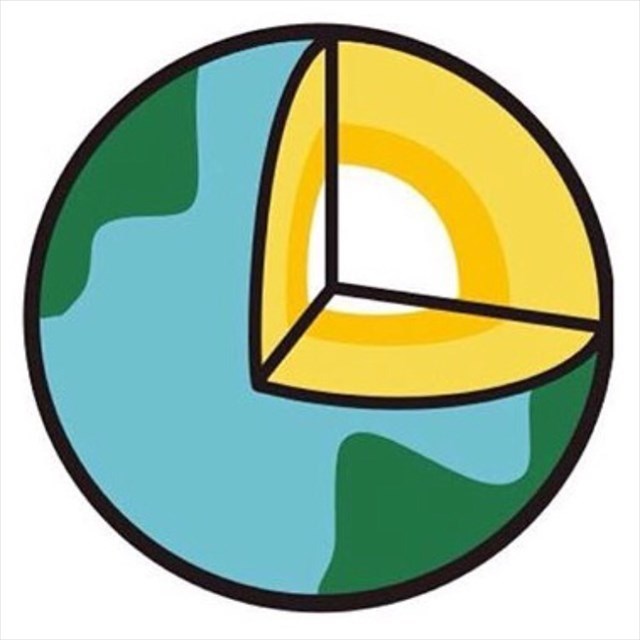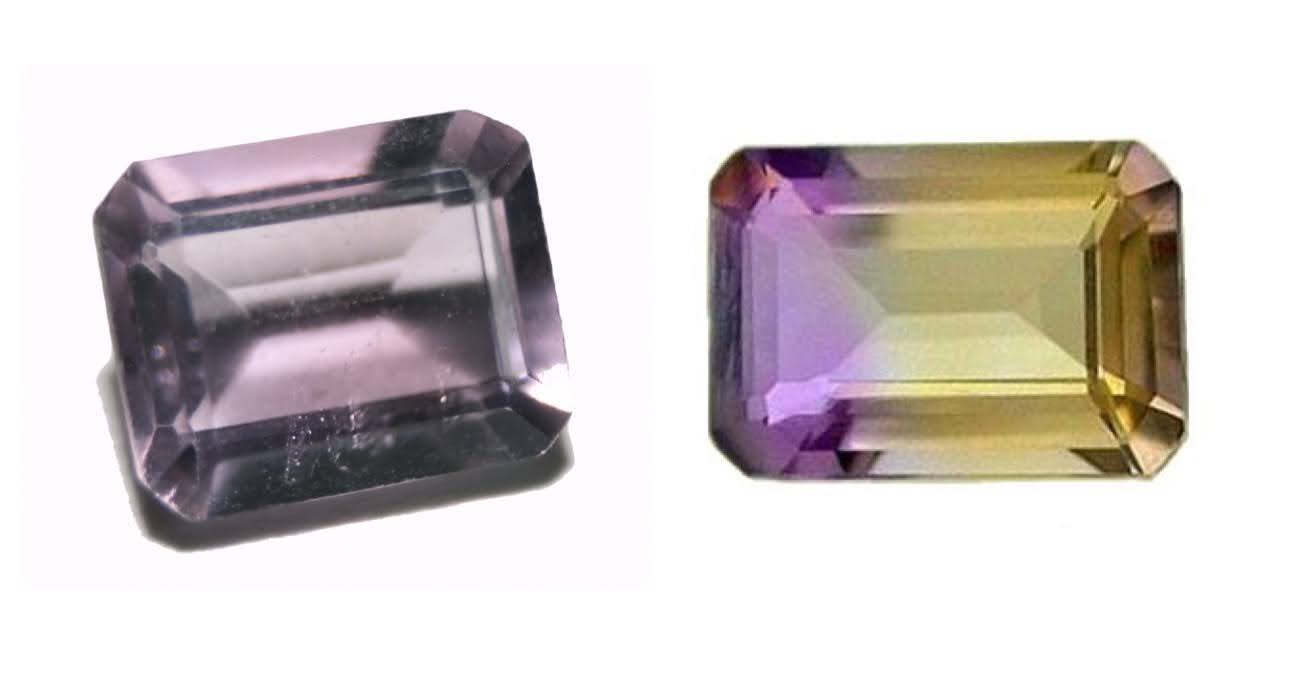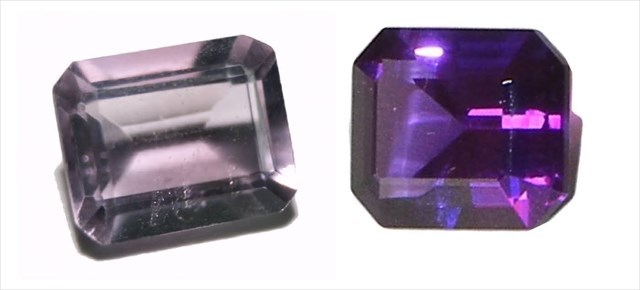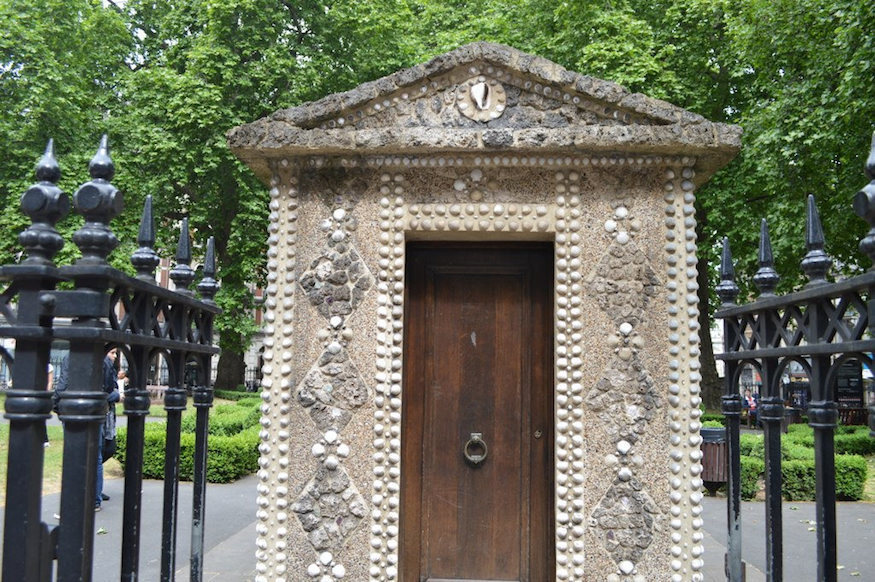This is a two-stage Earthcache; both stages are close to each other in the Gardens. You will need to visit both to claim the find!
The earth science information and questions first, in case you are using a GPS with a character limit. Information on the huts themselves can be found further down!

For this Earthcache, we shall be looking at a few variations of the gemstone quartz. Quartz is a white/transparent mineral consisting of silicon and oxygen atoms bonded together, so therefore has the formula SiO2. It is crystalline, meaning its atoms are arranged in a very ordered, near-perfect structure (lattice)- which makes them very hard and tough.
You may have come across quartz before in other Earthcaches, as individual crystals of quartz (which can range from millimetres to 10cm+ in length). They are the main constituent of many igneous rocks, and can determine many features of the igenous rock, such as colour and hardness. However, here you will find large and very noticeable crystals!
Amethyst and ametrine are semi-precious varieties of the quartz mineral.
Amethyst, the traditional birthstone of February, is solely purple- the depth/darkness of the purple depends on irradiation, which we will come onto shortly.
Ametrine is a variety that is both purple and yellow- a combination of amethyst and citrine, a yellow/brown type of discolouration from iron oxide into the quartz.

Gemstone irradiation
Gemstone irradiation is a process where gemstones (in this case amethyst) are artificially exposed to radiation to enhance it. This is usually done to turn a paler-coloured gemstone into a more deeply/brightly coloured one, in order to make it appear more attractive and/or increase its value.
The radiation that is exposed to the gemstone changes its structure right down to the molecular level, changing the way it reflects light and ultimately giving it a lighter appearance.

Questions
1) Look at the gemstones on the huts. What is the average size and shape? You should be able to see three distinct colours of gemstone in total- what are the three colours?
2) Look at the purple ones in particular. Are they a light purple or a dark purple? Can you see any yellow in them, or is it only purple?
3) Based on your observations in Q2, are the purple gemstones amethyst or ametrine? Have they been exposed to a lot, or not much, irridation?
4) Does one hut have more gemstones than the other? If so, which?
Photos of you/GPS at the huts would be great to see, but please make sure NO GEMSTONES can be seen in your photos (either edit over them or take the photo at a strategic angle/distance). I will have to be strict on this- any photos revealing gemstones or any of the answers risk being deleted.
The Huts

The shell huts are two shed-like buildings located in Grosvenor Gardens. Built in 1952, to commemorate French WWI soldier Mashal Foch, they were originally manned for use by attendants. Nowadays, they are used to store gardening and landscaping equipment.
One striking feature (aside from the gemstones in the wall that feature in this Earthcache) is that the walls of the huts are covered in shells- these originate from beaches in England and France. The shells are purely there for artistic purposes and to make the huts a truly unique spectacle!
As to why the wall has crystals randomly between the shells is anyone’s guess, but it’s certainly a striking feature!